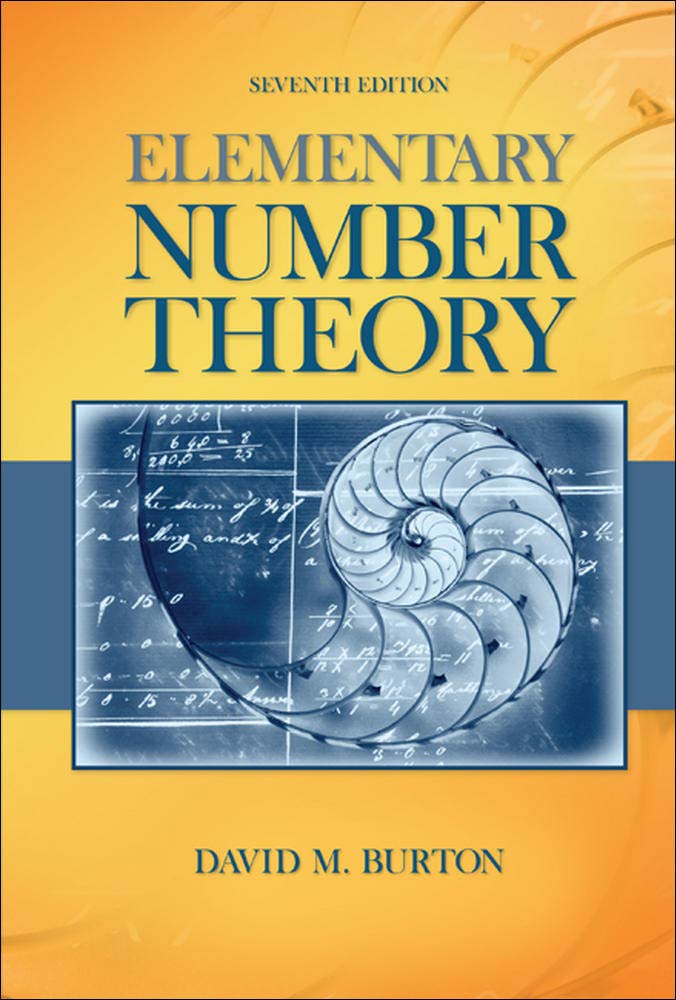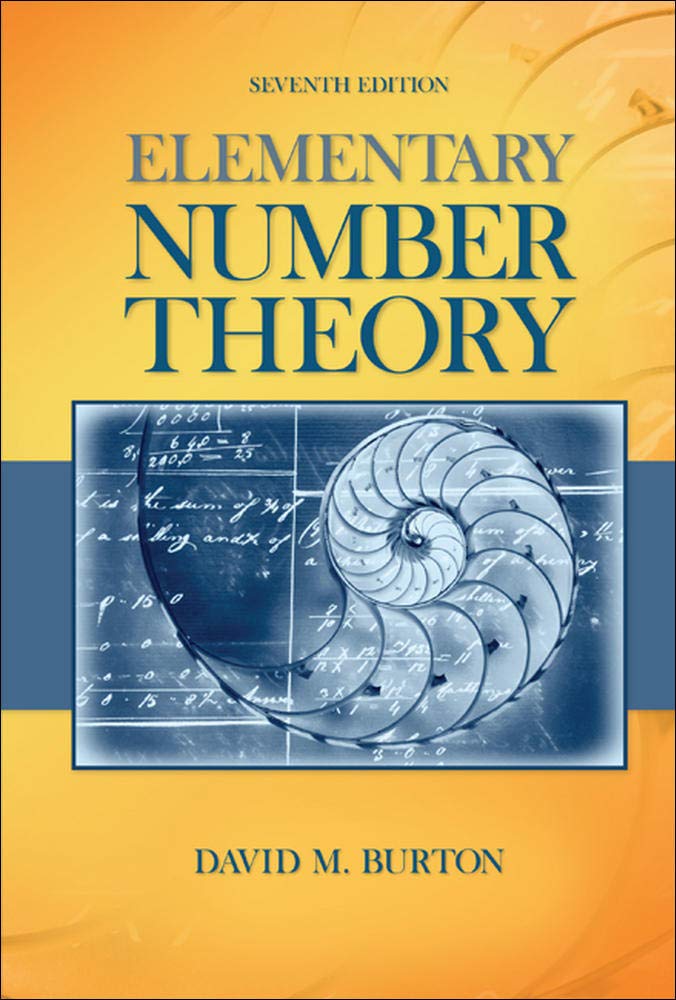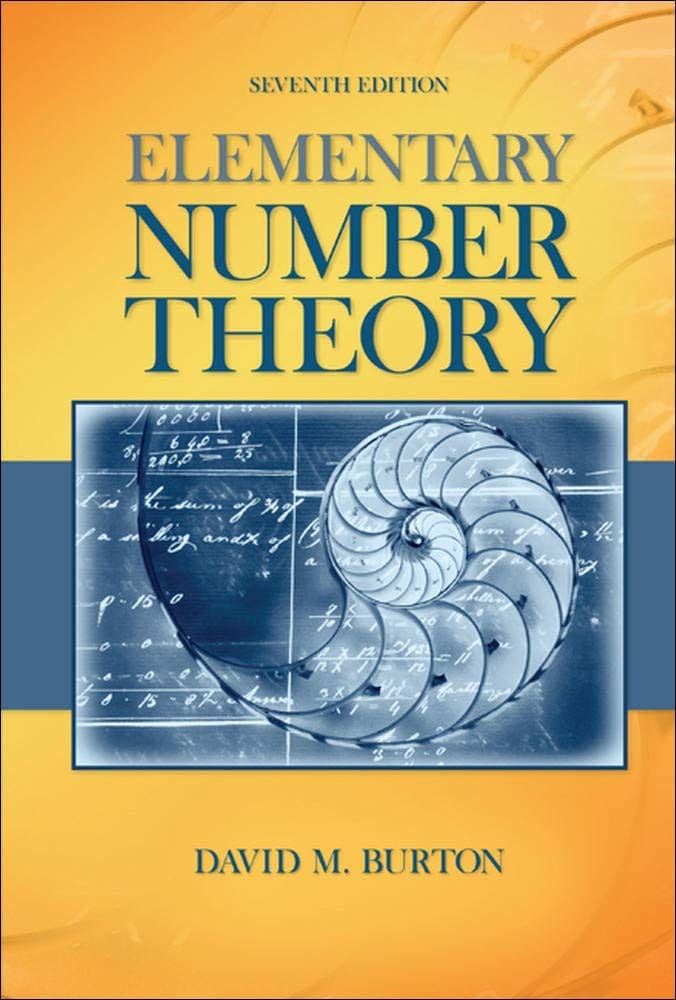
Elementary Number Theory Problems 3.3 Solution (David M. Burton's 7th Edition) - Q10
My Solution for "Establish that the sequence $$(n + 1)! - 2, (n + 1)! - 3, ... , (n + 1)! - (n + 1)$$ produces $n$ consecutive composite integers for $n > 2$."
Background
All theorems, corollaries, and definitions listed in the book's order:

I will only use theorems or facts that are proved before this question. So you will not see that I quote theorems or facts from the later chapters.
Question
Establish that the sequence $$(n + 1)! - 2, (n + 1)! - 3, ... , (n + 1)! - (n + 1)$$ produces $n$ consecutive composite integers for $n > 2$.
Solution
We rewrite the sequence as $(n + 1)! - i$, where $i \in \mathbb{Z}$ and $2 \leq i \leq n + 1$.
As $i \leq n + 1$, we know $i \mid (n + 1)!$. We also know $i \mid i$. By Theorem 2.2(g), $i \mid (n + 1)! - i$.
If $i = (n + 1)! - i$:
The rest is for Premium Members only
SubscribeAlready have an account? Log in

